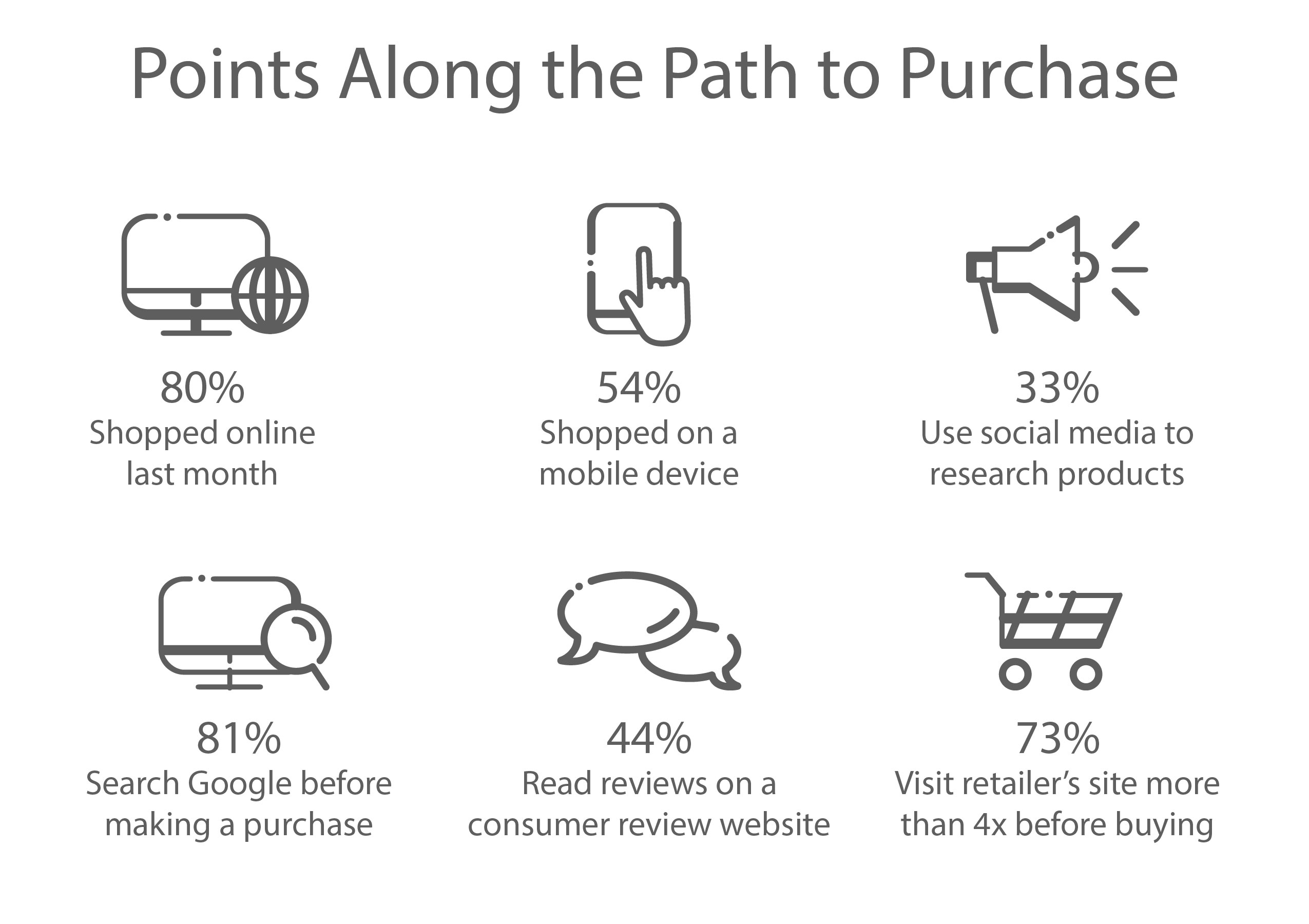SPONSORED CONTENT
Jacqueline Rosales
COO, SoapBoxSample
 Google now processes, on average, over 40,000 search queries every second. This translates to over 3.5 billion searches per day and 1.2 trillion searches per year worldwide. The way people engage with brands and online content is constantly evolving. No single day of digital behavior is the same as another. If I want to learn about the newest fitness gadget, I search it online. By the next day, I may be over fitness and want to know how to convert my home to a “smart” home, so I look it up. Later that same afternoon, I may want a new refrigerator that can build me a shopping list. Or I may just want to buy something mundane like shampoo (you know the kind that makes my hair that cool silver-purple color) so I simply look it up on Amazon and click “buy now.” If brands want to stay competitive, they need to able to keep up with radical, fast-paced changes in consumer online behavior.
Google now processes, on average, over 40,000 search queries every second. This translates to over 3.5 billion searches per day and 1.2 trillion searches per year worldwide. The way people engage with brands and online content is constantly evolving. No single day of digital behavior is the same as another. If I want to learn about the newest fitness gadget, I search it online. By the next day, I may be over fitness and want to know how to convert my home to a “smart” home, so I look it up. Later that same afternoon, I may want a new refrigerator that can build me a shopping list. Or I may just want to buy something mundane like shampoo (you know the kind that makes my hair that cool silver-purple color) so I simply look it up on Amazon and click “buy now.” If brands want to stay competitive, they need to able to keep up with radical, fast-paced changes in consumer online behavior.

Brands have a great appetite for understanding how people behave and make decisions online. They need to understand their customers’ purchase influencers beyond demographic and attitudinal data; passive tracking data captures how consumers move across the digital world, allowing brands to keep up by tracking their customers’ digital journeys in real-time.
Adopting a passive metering strategy is not without challenges. The challenges range from technology implementation and respondent adoption to understanding the data. There are oceans of it and it is totally unstructured. Despite these challenges, more and more clients are diving in and having success finding those nuggets of “data gold” they would never have uncovered with surveys alone. Brands need to start somewhere and rather than trying to uncover the Holy Grail of all that passive metering can do, simply looking for trends in the data at a high level can deliver those unexpected “aha moments” brands want.
Keep in mind, consumers are complex. Passive metering is a super-effective starting point to understand what people are doing without disrupting or influencing their behavior. However, there is no one simple research formula or methodology that is all-knowing. Blending methodologies has been – and will continue to be – crucial for brands to really understand their customers. The opportunities for connecting digital behavioral data with traditional survey data, third-party data or even longitudinal data available through other innovative research approaches such as insight communities, translates to in-depth, actionable insights brands need.
We keep hearing passive metering is coming as the next big thing in research. Truth is, it is already here. It has been here for years. I encourage researchers to stop overcomplicating it. Take the risk of not knowing everything in advance, find great clients to experiment with and dive in. Remember, you don’t know what you don’t know until you know it.

SoapBoxSample.com
info@soapboxsample.com
855-SOAPBOX
